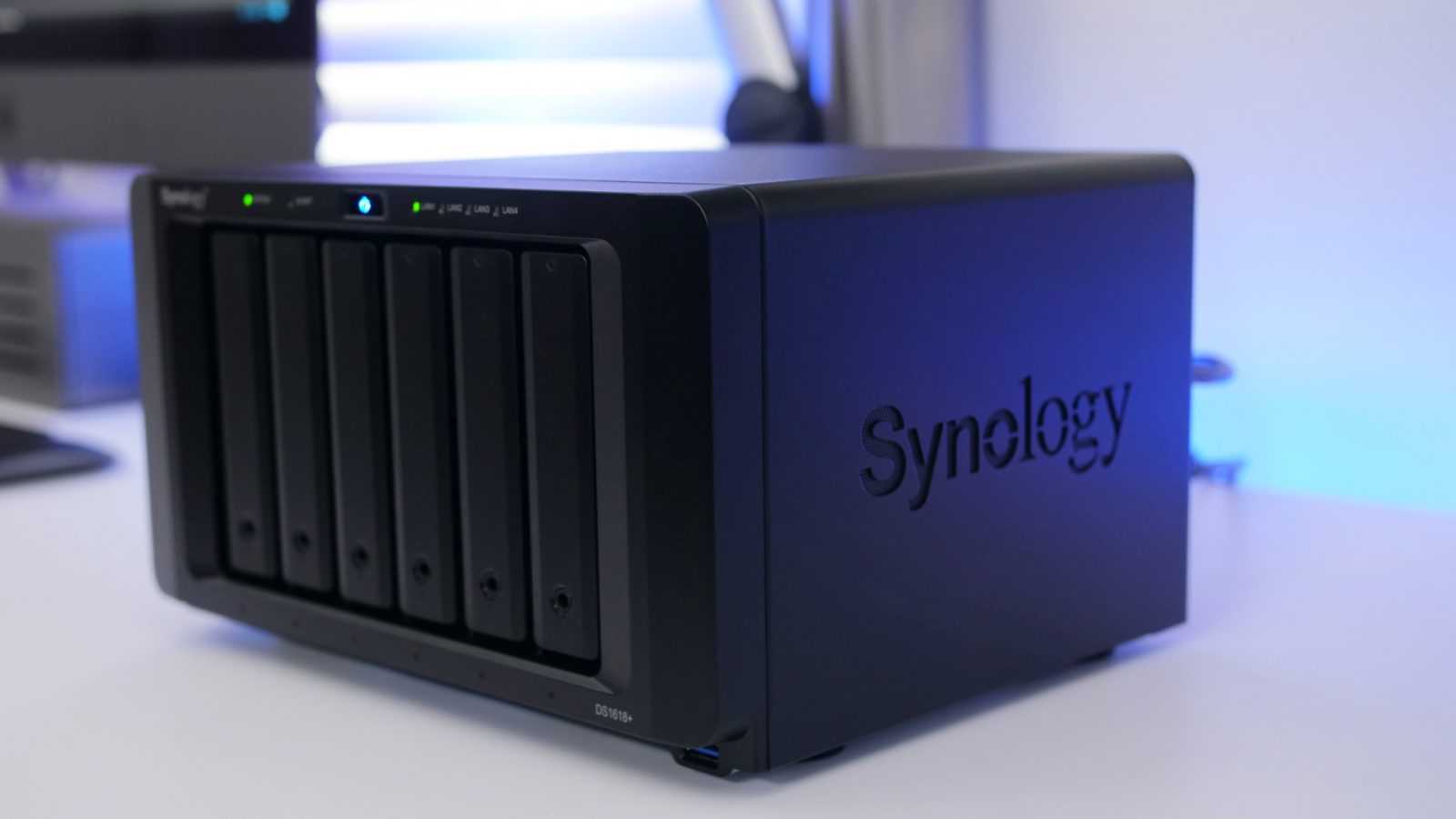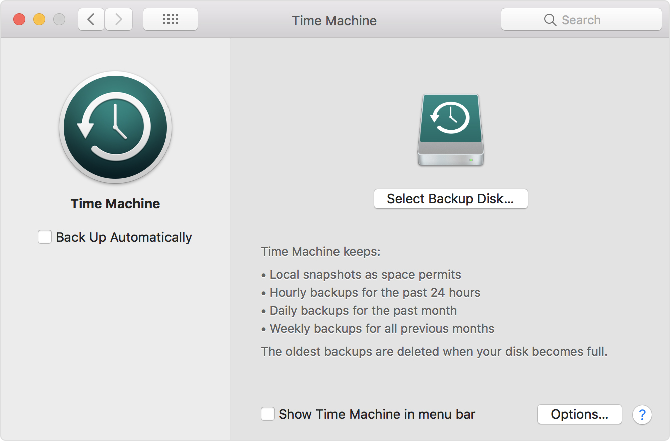Your Time Machine backup disk might not always be available, so Time Machine also stores some of its backups on your Mac. These backups are called local snapshots.
- Can't Update My Mac Os Says Used For Time Machine Backups Manually
- Can't Update My Macos Says Used For Time Machine Backups Free
- Can't Update My Macos Says Used For Time Machine Backups Download
- Can't Update My Mac Os Says Used For Time Machine Backups Disappeared
How to use local snapshots

When your backup disk isn't available, Time Machine automatically uses local snapshots to help you restore files. Reconnect your backup disk to make even more backups available.
Learn how to restore files from Time Machine.
Oct 18, 2019 If using Time Machine to back up to a network disk, you can verify those backups to make sure they're in good condition. Press and hold Option, then choose Verify Backups from the Time Machine menu. In OS X Lion v10.7.3 or later, you can start up from your Time Machine disk, if necessary. Press and hold Option as your Mac starts up. Antivirus can also co-opt the Time Machine backup volume and, as a result, stall the backup process in macOS 10.14.4. Quick Fixes to Time Machine that Doesn’t Back Up after the 10.14.4 Update Fix 1: Check If FileVault Encryption or Decryption Is Complete. If the computer disk drive can't convert to APFS, or install some files failed due to permissions and other reasons. Prepare for the upgrade. If you are ready to update to new macOS mojave, please make a time machine backup before, or copy your important fils to another. I have Time Machine backups from my iMac Early 2008 (20'). Browse other questions tagged macos time-machine imac. The Overflow Blog Nobody has to lose in work/life balance. How Stack Overflow hires engineers. Update from os x 10.4 to 10.9 with time machine backup. To fix time machine when stuck on preparing backup in macOS 10.14, you need to confirm that Spotlight isn’t carrying out an indexing of the Time Machine backup volume at that point in time. To disable Spotlight from indexing the Time Machine backup, Click the Dock icon on the Mac’s home screen or select 'System Preference' from the Apple menu. Nov 11, 2019 When running a dual-boot system, only enable Time Machine backups in the system which you use for most of your work (most of the time). Disable Time Machine backups in the other version of macOS. If you experience problems with Time Machine or its backups in Catalina, take the trouble to contact Apple Support.
How local snapshots use storage space
You don't need to think about how much storage space local snapshots are using, because they don't use space needed for tasks like downloading files, copying files, or installing new software.
/where-to-park-for-el-capitan-theater.html. Your Mac counts the space used by snapshots as available storage. Even so, Time Machine stores snapshots only on disks that have plenty of free space, and it automatically deletes snapshots as they age or as space is needed for other things.
If you want to delete local snapshots manually, turn off Time Machine temporarily:
Can't Update My Mac Os Says Used For Time Machine Backups Manually
- Open Time Machine preferences from the Time Machine menu in the menu bar. Or choose Apple menu > System Preferences, then click Time Machine.
- Deselect ”Back Up Automatically” or click the Off/On switch, depending on what you see in Time Machine preferences.
- Wait a few minutes to allow the local snapshots to be deleted. Then turn on Time Machine again. It remembers your backup disks.
Can't Update My Macos Says Used For Time Machine Backups Free

Can't Update My Macos Says Used For Time Machine Backups Download
How often local snapshots are saved
Can't Update My Mac Os Says Used For Time Machine Backups Disappeared
Time Machine saves one snapshot of your startup disk approximately every hour, and keeps it for 24 hours. It keeps an additional snapshot of your last successful Time Machine backup until space is needed. And in macOS High Sierra or later, another snapshot is saved before installing any macOS update.